Klarus XT20

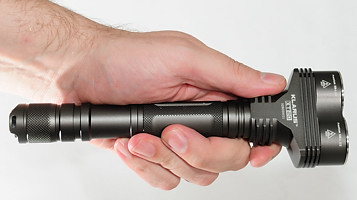
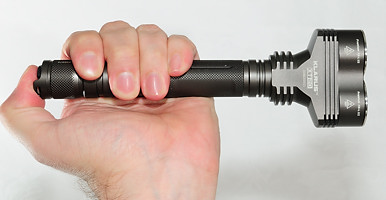
Klarus is one of the newer flashlight companies, and has succeeded in making a range of lights (I have looked at Mi10, Mi X6 and XT10 before). The XT20 is a high power light with two XM-L leds. The light has 3 brightness settings (High, medium, low) always starts in high and a strobe that can be used either in momentary or steady mode. The light is made of aluminum with hard-anodized (Type 3) finish.
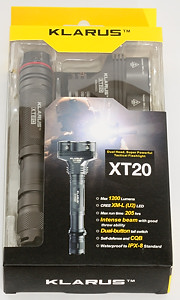
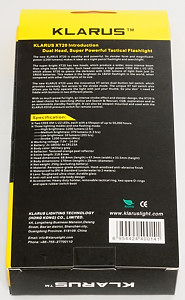
The light is delivered in a cardboard box with a window and specifications printed on the outside. The box is small for this class of light, this is because the light uses two small reflectors and is delivered in two pieces
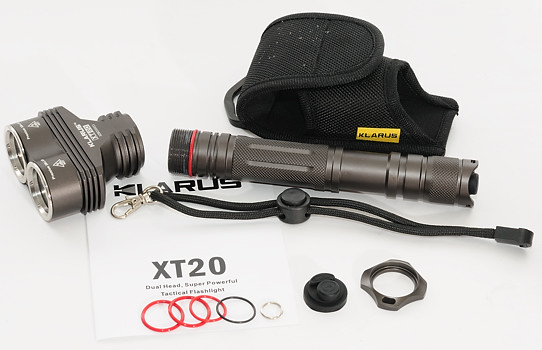
The box contains the light, 4 extra o-rings, lanyard, split ring, tactical ring, extra rubber boot, holster and a instruction sheet.

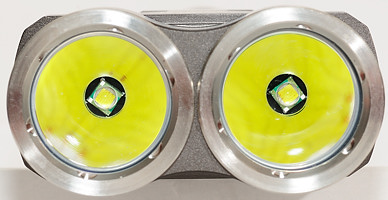

The light has two smooth reflectors with a XM-L led at the bottom of each of them. There is a stainless steel bezel on front of each reflector.
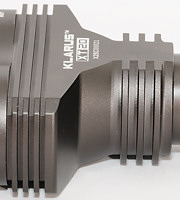
As usual on high power lights it has some cooling fins.
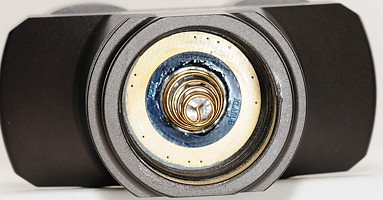
The battery connection in the head is just a spring that is soldered to the circuit board.
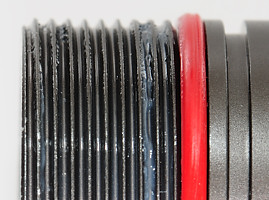
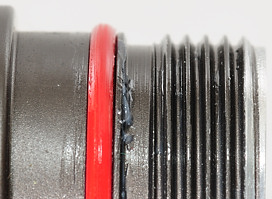
The threads on the battery tube are of the triangular type, both at the front and back, both are sealed with a o-ring.
Because the threads are anodized, it is possible to lock-out the light.

The body has some knurling, but it does not have much bite in it (With the tactical ring mounted the light does provide a good and safe grip).
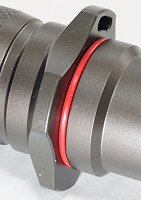
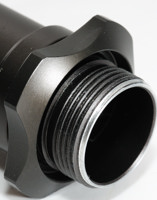
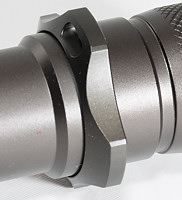
The light includes an tactical ring that can be mounted just before the tailcap. According to the instruction sheet it must be mounted as shown on the photo with a o-ring between the front and the ring. To slide the ring in or out it is necessary to remove the o-ring behind the threads. When the ring is mounted it is difficult to remove the o-ring. Turning the tactical ring around and placing it over the extra o-ring makes it mount perfectly.
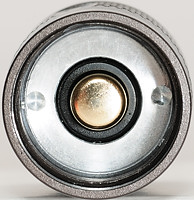
The tailcap has a covered spring for the battery connection and can handle 18650 batteries from 65 to 70 mm, but the body has some restriction on the diameter of the cells, only cells below 18.5 mm fits.
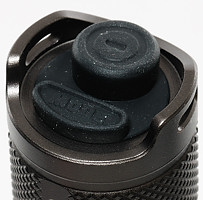
The dual switch tailcap, the round switch is the standard forward on/off switch used in flashlights, press half way down for momentary full brightness, press fully to lock. The other switch is a momentary electronic switch, the function will depend on if the light is on or not:
Light off: Switch will activate strobe when pressed, hold it down for more than two second and strobe will be locked on (Press again to turn off).
Light on: Short press will change mode, long press will activate strobe (Press again to return to steady light at full brightness).
The light cannot tail stand.
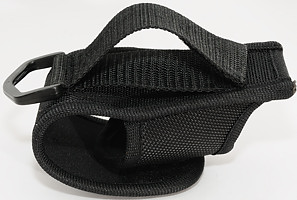
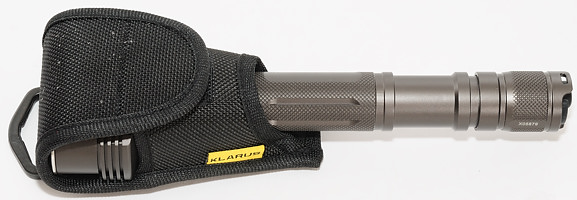
A holster is included with the light.

Here is all the part the light can be disassembled in without tools.
The idea with two buttons on the end of the tailcap is good, it is easy to feel the buttons and use them with the thumb. The light is small and light for its light output, but with the small reflectors it its not a super thrower.
For people that want a bright light with low weight and with tactical features (forward switch, starts always on high, strobe directly accessible), this is a very good candidate.
Technical specification and measurements

This light is designed for 4xCR123 or 2x18650 batteries. All sizes of 18650 will work from 65 mm to 70 mm long with button or flat top, but they must not be more than 18.5 mm in diameter.
Measured size and weight:
Length: 221 mm
Diameter: 22.5 mm to 25.6 mm
Head size: 33.6 x 68.2 mm
Weight: 308 gram with CR123 and 336 gram with AW18650-26
The light uses a two Cree XM-L U6 led.
This light has mode selection in the tailcap and it also has the electronic for mode control in the tailcap. The tailcap uses (fast) pwm to control the head and led.

In the above table I have collected all modes, measured at 7.4 volt (i.e. with 18650 battery). I have also included off as a mode, because the light uses a small amount of power. All the estimated runtimes are with a 2600mA LiIon battery. The estimated lumen is scale from the specified maximum.
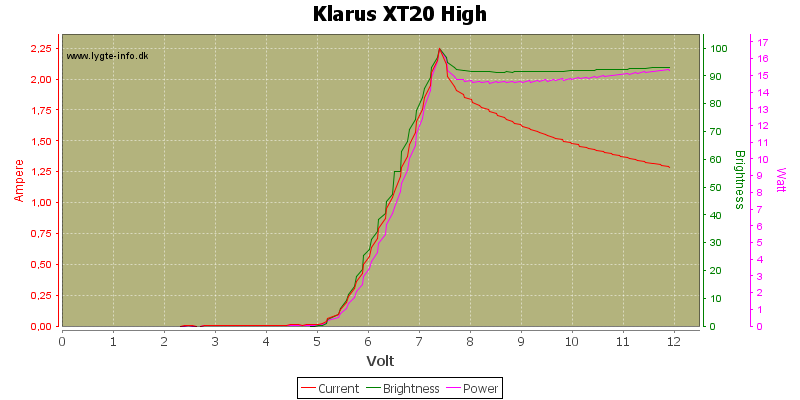
The first voltage sweep is done in high mode, the light does have a good stabilization, but has a rise in brightness at about 7.3 volt, this rise can also be seen in the runtime plot. The light starts to drop in brightness at a high voltage, this makes me believe that the two leds are in series. That the drop in brightness starts at this high voltage does also mean that the stabilization is less than perfect with 18650 batteries.
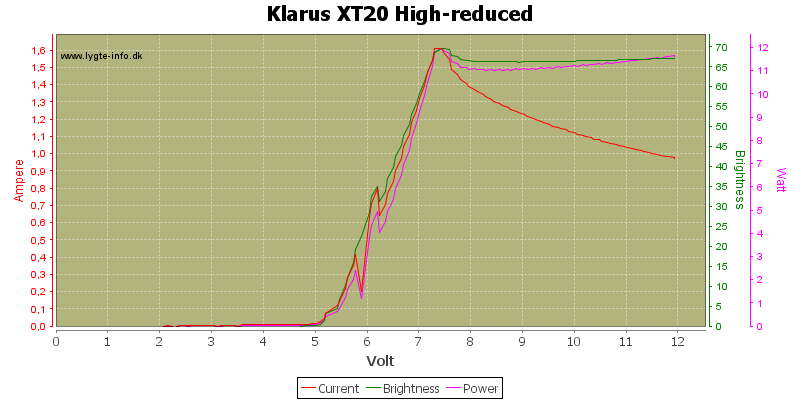
The lower output after automatic step down from high, has the same stabilization. The bumps in the curve might be the low battery warning, it makes the light flicker at about 6.7 volt and lower.
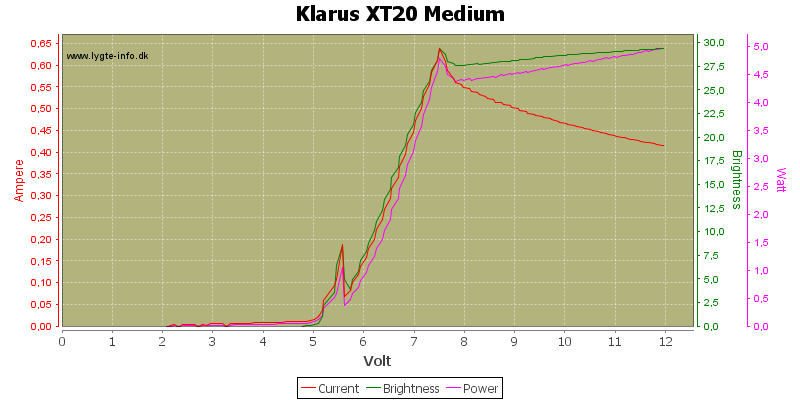
Also medium has the bump in output.
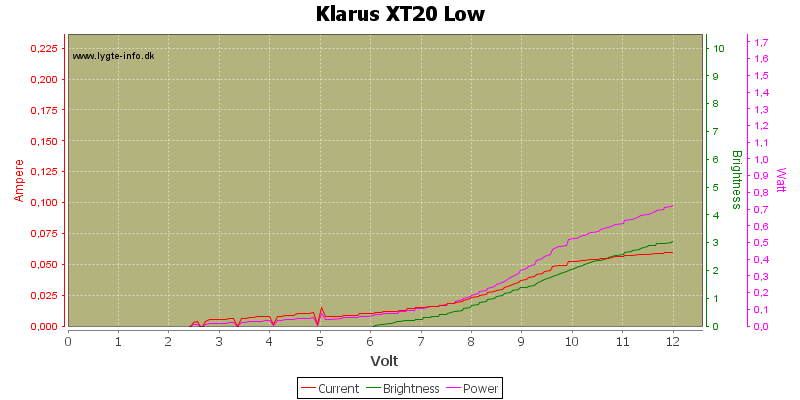
The stabilization does not really work in low mode, it has probably not enough time to stabilize, due to the short pwm pulses.

With LiIon cells the bump can easily be seen in the brightness curve and also that the light drops out of stabilization early. The higher voltage from CR123 gives a more flat runtime, but also a much shorter runtime.
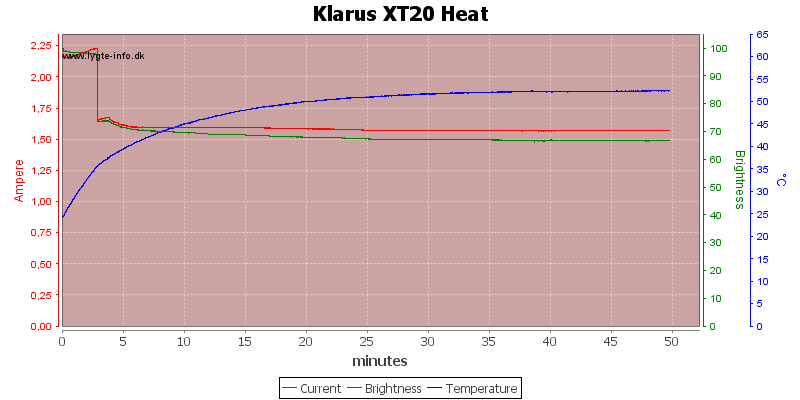
I did a temperature test to see how well the light handles the heat from the led. When power is turned on the temperature rises fast, when the light steps down after 3 minutes the temperature rise slows down.
Note: My test does not simulate actual usage conditions, but are done on a test bench with only the head of the light and no cooling airflow, i.e. the light will get hotter than during normal use.

The light uses pwm at about 920 Hz, this pwm is present at all brightness settings. The above curve is for high.
The reason for this pwm is to supply power to the electronic in the tailcap, it will get some power in the off periods and save it for use during the on period, where the voltage over the tailcap is nearly zero.

PWM at reduced high.

PWM at medium.

PWM at low.

Strobe does not have pwm in it, but can use two different frequencies (5.6 Hz and 14 Hz). When the switch is pressed the high frequency will always be used, and when the switch is released the strobe will change between high and low frequencies with 2 seconds intervals.
Strobe is brighter than high brightness, because it does not have any pwm in it.
Comparison to other Flashlights
Klarus XT10, Klarus XT20, Fenix TK35:
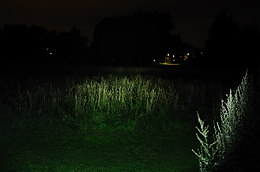
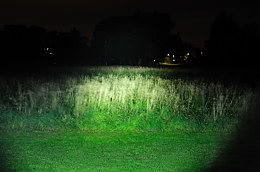
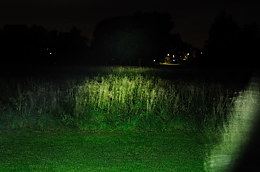
FenixTK70, Olight SR92, 4Sevens S12:
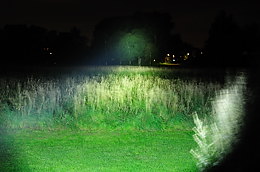

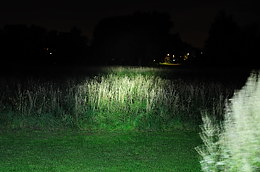
For the full comparison to other lights with graphs and beamshots see here
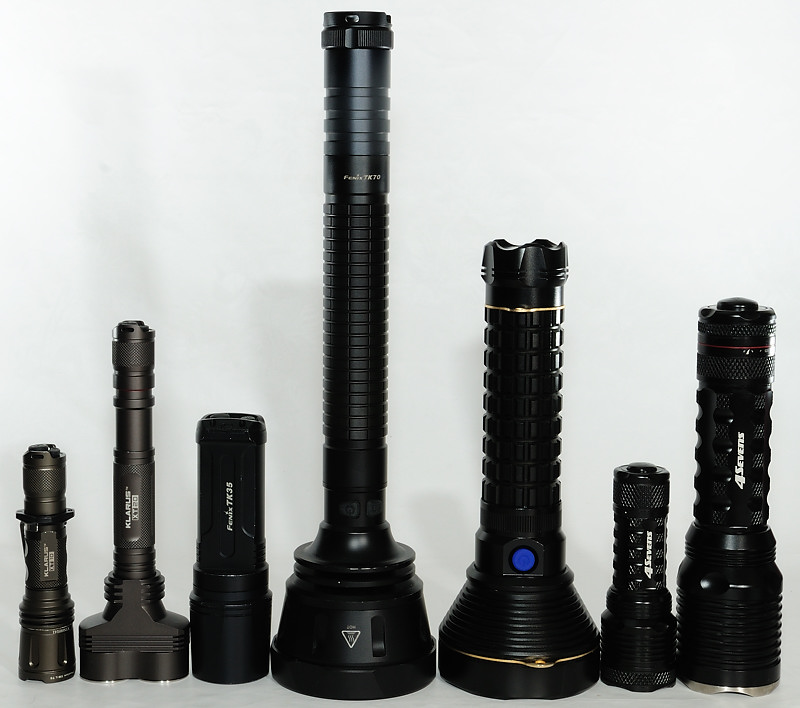
Notes
The light was supplied by Klarus for review.









































